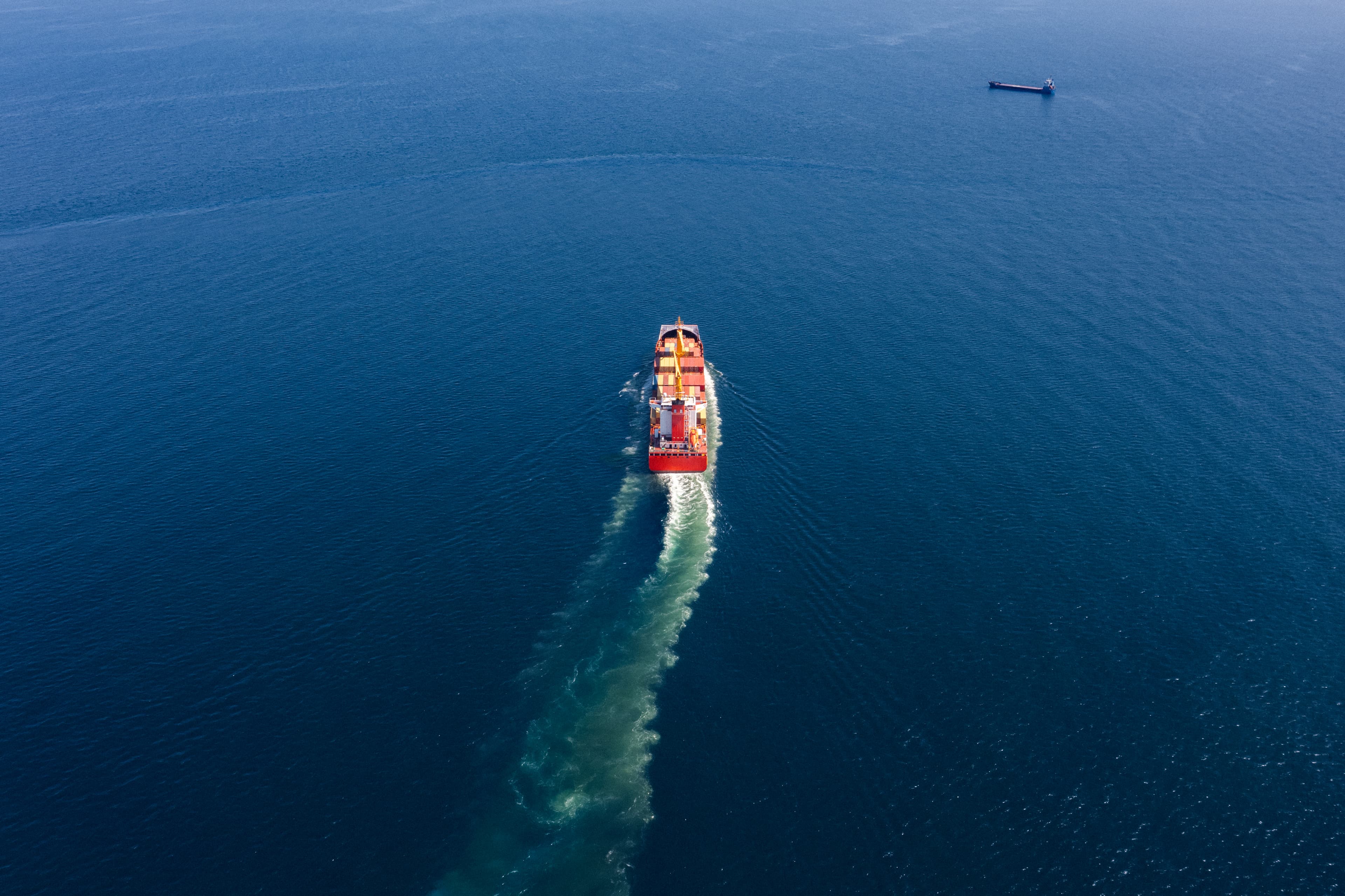
What are the Key Features of Offshore Support Vessels?
Offshore Support Vessels (OSVs) are a crucial component of the maritime industry, especially in the exploration and exploitation of offshore oil and gas. These specialized ships perform a variety of tasks to support offshore drilling rigs, oil platforms, and other operations. Let's dive into the key features that make OSVs indispensable in the offshore sector.
1. Diverse Types for Specific Tasks
-
Anchor Handling Tug Supply (AHTS) Vessels: These powerful vessels are designed to tow drilling rigs and anchor them at the drilling site. They also supply the rigs with necessary equipment.
-
Platform Supply Vessels (PSVs): PSVs transport supplies like fuel, water, drilling equipment, and crew to and from offshore platforms.
-
Diving Support Vessels (DSVs): Equipped with diving facilities, these vessels support underwater inspection, maintenance, and repair of offshore structures.
-
Well Intervention Vessels: Specialized in performing tasks within oil or gas wells, such as maintenance and repair work.
2. Advanced Navigational Capabilities
-
OSVs are equipped with dynamic positioning systems (DPS), allowing them to maintain their position precisely, which is crucial for operations like drilling and underwater construction.
-
Sophisticated navigation systems, including GPS and radar, help in maneuvering through challenging marine environments.
3. Enhanced Safety Features
-
Safety is paramount in the harsh offshore environment. OSVs are built with strengthened hulls to withstand rough seas.
-
Firefighting and other emergency equipment are standard on these vessels, ensuring readiness for any incident.
-
Many vessels have helipads for emergency medical evacuations or rapid transport of personnel.
4. Accommodation and Crew Facilities
-
Given the long durations spent at sea, OSVs provide comfortable living quarters for the crew, including recreational facilities.
-
The accommodation area is often separated from the operational zones for safety and comfort.
5. Specialized Equipment
-
Cranes and heavy-lifting equipment are common on OSVs for loading and unloading heavy cargo.
-
Some vessels have oil recovery systems and environmental protection equipment, essential for spill response operations.
6. Communication and Connectivity
-
High-speed internet and satellite communication ensure constant contact with onshore bases and other vessels, crucial for operational coordination and safety.
7. Environmental Considerations
-
Many modern OSVs are designed with eco-friendly features like fuel-efficient engines and systems to reduce emissions, aligning with global environmental standards.
8. Flexibility and Adaptability
-
The design of OSVs often allows for quick modifications to suit various offshore tasks, making them highly versatile.
Conclusion
Offshore Support Vessels are not just transportation tools; they are highly specialized ships equipped with advanced technology and safety features, designed to withstand the rigors of the offshore environment. They play a pivotal role in the offshore oil and gas industry, supporting exploration, development, and production activities. Their versatility, combined with specialized equipment and capabilities, makes them an essential component in the maritime sector. As the industry evolves, so too will the features and capabilities of these remarkable vessels, continuing to support the ever-changing demands of offshore operations.